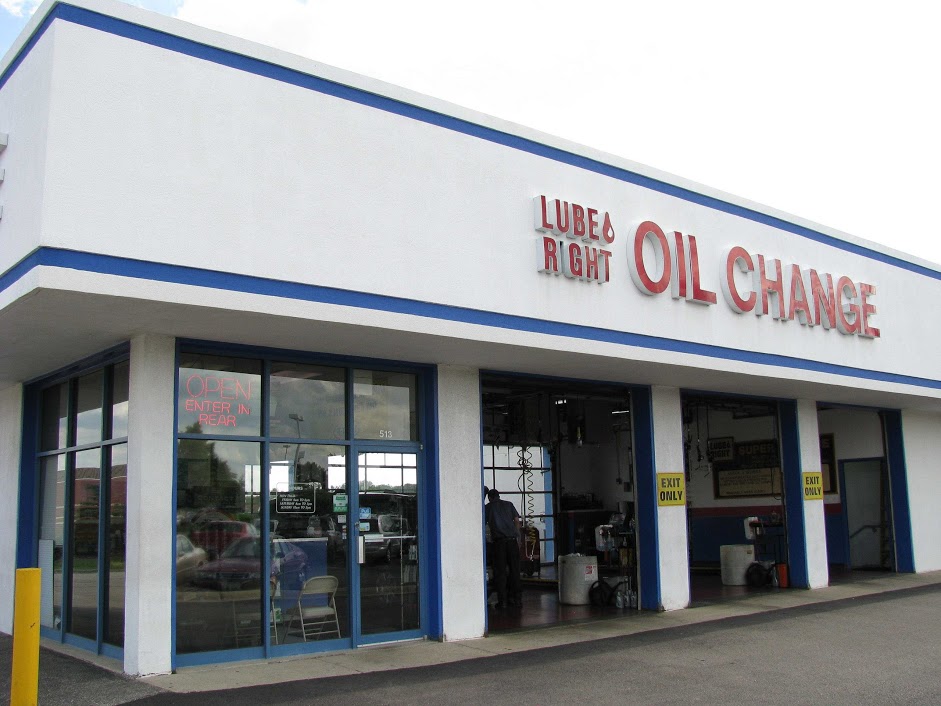When it is time to change the oil in your vehicle and you are not sure which oil is best to use when you are asked by the corner oil change provider, consult your owner’s manual. The manufacturer is the best guide for all your vehicle maintenance needs; they designed and manufactured your vehicle, so who would know your vehicle better than anyone else? Would you go to the corner oil change facility if you needed a blood transfusion?

Whether you use Castrol of Pennzoil, natural petroleum or synthetic is not as critical as the oil rating by viscosity and temperature, both of which factors should be approved and certified by the American Petroleum Institute (API) and the Society of American Engineers (SAE). Both certifications should be marked on the oil container. The API certification is a starburst on the container. The SAE certification is indicated as “SAE” near the oil rating.
Engine oil, natural or synthetic, is rated by viscosity (thickness – is it more like water or syrup?) and temperature indicators. Depending on the time of year and your local climate in general, which oil is used may vary.
The rating is indicated by numbers and letters: 5W-30, 10W-30 are typical, but there is also 5W-20, 0W-30, 5W-40, etc. These numbers refer to oil thickness as measured and rated by SAE. With 10W-30, for example, the 10W refers first to the oil’s viscosity when cold; when it is its thickest consistency. The W associated with the first number designates the SAE certification of the oil’s properties for low-temperature use in winter. The second number, 30, refers to the viscosity of the oil when warm. The oil has heavier, more viscous properties when warm.
Oil is thinner when cold to allow freer movement to lubricate moving parts at start-up of the engine. As the engine warms, the oil warms with it and becomes more viscous (thicker) to offer better protection of moving parts at high temperature.
Oil that is rated 5W… is less viscous oil in winter than 10W… Likewise, 10W is thinner than 20W. When ambient temperature in winter is very cold, the engine oil needs to be thinner when cold in order to properly lubricate the engine at start-up. In some regions of the country, it may be necessary to use different rated oil in winter than in summer.
Natural petroleum oil and synthetic oil are both rated and certified by API and SAE by the same manner and are, contrary to some after-market recommendations, interchangeable from oil change to oil change and even in between oil changes.
Synthetic oils have proven to be more capable of sustaining high-heat conditions and do not break down as readily as do natural petroleum products. However, most automobile manufacturers recommend maintaining the oil change schedule they specify regardless of which oil is used and they may recommend avoiding certain brands and types of oil.
Natural or synthetic choices should not void a new car warranty as long as the oil rating chosen is within the manufacturer’s recommendations for your ambient conditions and driving habits.






























No Comments
Leave a comment Cancel